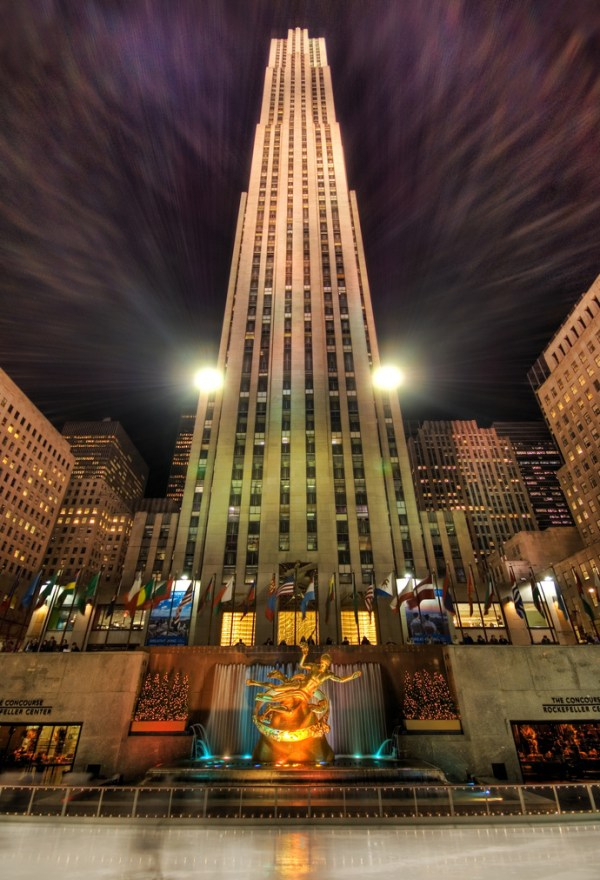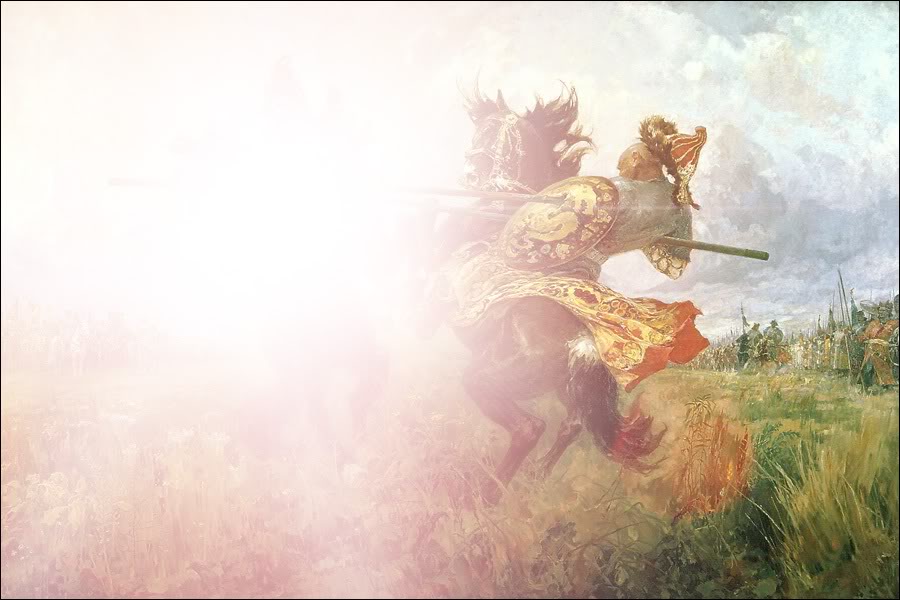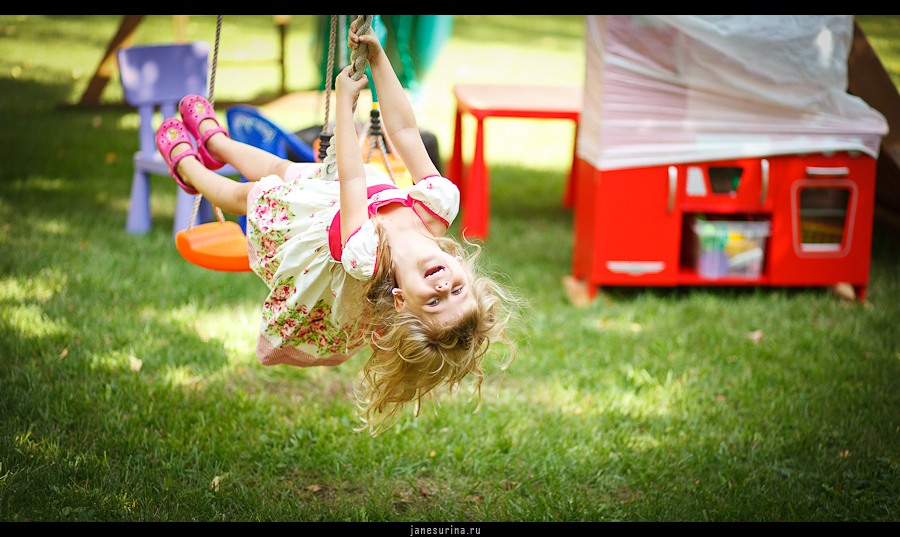transfer the figure’s plasticity
10 steps to shooting a portrait, the experience of Elena Lucan
 1. The need to shoot new
1. The need to shoot new
Every day I think about how I shoot, what I shoot, and especially about how I haven’t shot yet.
I am inspired by artists, photographers, directors who influenced visual art in general. I watch their work, read the biography and when something catches me, I stop and want to repeat.
Of course, I like the image that needs to be decoded, deciphered, when the question arises: how to take it? Then the task appears by itself – to eliminate gaps in the technique and methods of shooting.
There is a burning need to shoot as I do not know, shoot otherwise. And then I start looking for a model.
2. Model selection Continue reading
Where you can shoot, and where you can not
 publication in the media, posting on the Internet, printing on booklets, banners, etc. Accordingly, laws regulate these rights differently. And very often allowed to shoot, but prohibit or restrict distribution.
publication in the media, posting on the Internet, printing on booklets, banners, etc. Accordingly, laws regulate these rights differently. And very often allowed to shoot, but prohibit or restrict distribution.
The Constitution gives us the right to shoot almost anywhere: “everyone has the right to seek, receive, transmit, produce and distribute information in any legal way.” But there are a number of laws that restrict this right in specific cases.
Three “No”
You can immediately identify three areas when photography may be prohibited. All of them are connected with one condition: restriction of access to these areas. That is, you can remember: where you can not appear without permission, you can not take pictures. These three “no” looks like this:
objects related to state secrets (for example, military units, “secure” enterprises, etc.);
objects related to trade secrets (enterprises that use unique technologies protected by intellectual property laws); Continue reading
PHOTO ASSEMBLY OF THE FACE: HOW TO REPLACE A FAILED GRIMASO BY A BEAUTIFUL SMILE
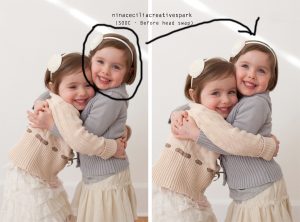 Today, visiting my blog are American photographers Nina and Cecilia, whose photos I’ve already shown. They will tell about how to make photomontage of the face. Some of the actions described below will save you from headaches in situations where someone in the group portrait blinked, twisted his face, or turned away. Especially often such situations happen with small children. According to Nina and Cecilia, many clients do not even know that the face was taken from another photo. The task of the photographer – to replace the face so that no one noticed.
Today, visiting my blog are American photographers Nina and Cecilia, whose photos I’ve already shown. They will tell about how to make photomontage of the face. Some of the actions described below will save you from headaches in situations where someone in the group portrait blinked, twisted his face, or turned away. Especially often such situations happen with small children. According to Nina and Cecilia, many clients do not even know that the face was taken from another photo. The task of the photographer – to replace the face so that no one noticed.
So, the picture above shows two photos used for the photomontage. The photo on the right is the main one, only the face is taken from the photo on the left.
All pictures are available in large size. Click to enlarge. Continue reading

